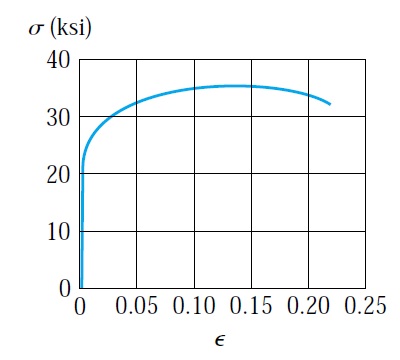Voided slab
In building construction, the slab is a very important structural member. Slab consuming the largest amount of concrete compared to other members. The high weight of concrete posing a problem for concrete slabs which limit the span length. Void formers are used to eliminate unnecessary concrete and reduce the weight of the slab, which improves the structural capacity of the slab and increases the span length. In a general way, the slab designed to resist vertical loads. However, increasing people's interest in the residential environment, result in an increase of noise, vibration, and the deflection of the slab increase by the increase of span length, which resulted in increasing slab thickness. The weight of the slab will increase by the increasing of slab thickness. Increasing weight will reflect on the enlargement of foundations and columns size. We will discuss four types of void former in this article.

- Bubble deck: bubble deck was invented in Denmark by JorganBreuning. This system reduces the slab weight by 30% approximately. In this system, hollow spheres are placed between reinforcement top and bottom meshes. These spheres will eliminate and fill the space of superfluous concrete. Using this cell will create a slab with cells acting as a solid slab. However, the weight of the voided slab is lesser than a solid slab, which improves the capacity and span length of the slab.
Figure 1
- U-boot system: this voiding system was patented by an Italian engineer, Roberto llGrande. In 2001. The system developed to reduce the cost of transportation and reduce the emission of CO2. The truncated-pyramid shape of void former allows for efficient stacking of these formers, which saves space and reduces the cost of transportation. These void formers create many grid-shaped beams making up the slab. Figure no:2 showing the U-boot system.

Figure 2
- Airdeck: the concept of Airdeck is similar to the U-boot system. The basic advantages of Airdeck former, the using of recycled polypropylene to produce irretrievable void formers that contribute to preserving environments. These formers don’t require the use of retaining mesh to hold the formers down during the concreting of the slab.
Figure 3
- Bee plate system: The bee plate system is an efficient solution for the wide slab up to 20 m with a depth of 34 cm to 70cm. The hollow bodies are built-in with the help of spacer clips. At the same time, they work as a separator between the upper and lower layers of reinforcement. The using of a bee plate system can reduce up to 35% of slab weight. If holes are drilled into the BEEPLATE slab - for example, for the positioning of the formwork, these have to be closed afterward. If there is danger of penetrating water into a hollow body, the lower side has to be tapped off and spot-drilled. No water must remain in a hollow body void.
Figure 4


















Comments
Post a Comment